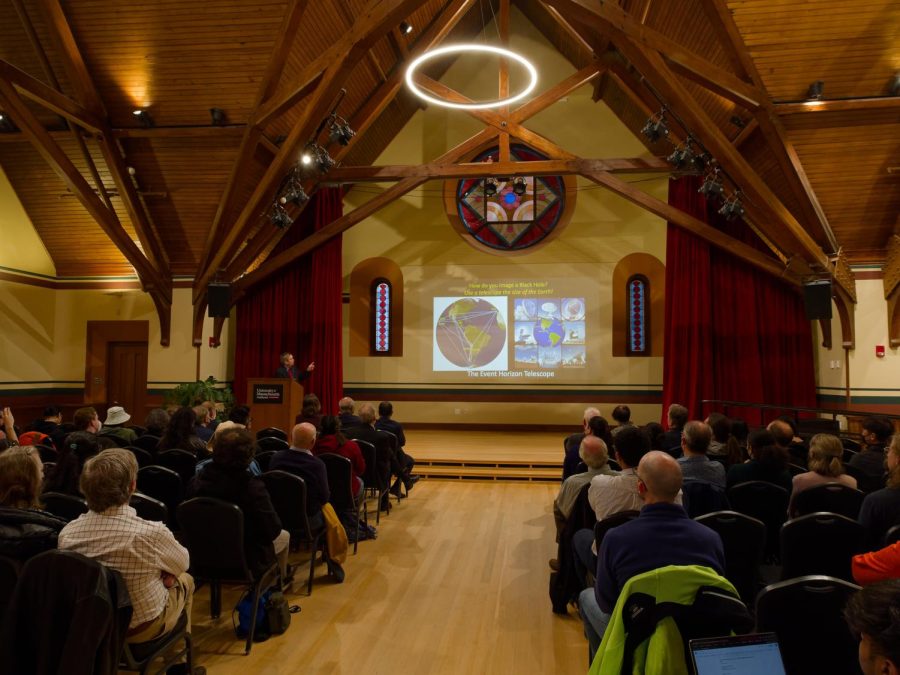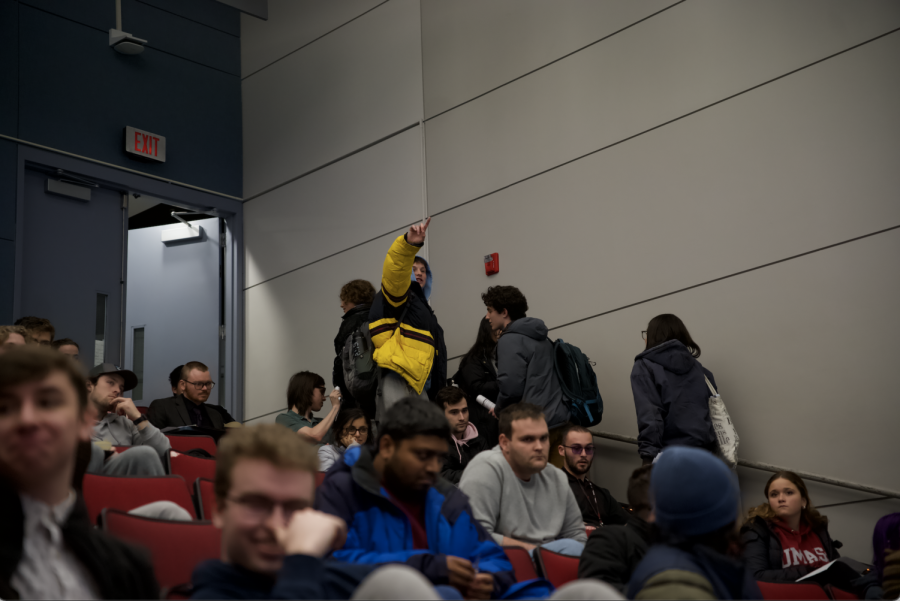
Along with over 100 scientists, geologists and NASA astronauts-in-training, Condit ventured to the middle of a high desert plateau in Arizona from Aug. 31 to Sept. 15. Condit participated in NASA’s Desert RATS, or Research and Technology Studies program, which focuses on testing current and novel equipment and procedures in a volcanic field about 40 miles north of Flagstaff, Ariz.
This is NASA’s 13th summer employing the DRATS program.
“[Desert RATS] is a way to test techniques, procedures and equipment in a way that models another planet, while having the safety of [the] earth and the ability to fix or add on to these problems,” said NASA spokesman Michael Brakus.
“Situated in the middle of a volcanic field in the Arizona desert, DRATS effortlessly mimics the terrain and volcanism of target destinations in space, allowing scientists to see if a highly complex machine or tool can perform correctly in a situation like that of the moon or Mars,” Brakus explained.
“If a Habitat Demonstration Unit/Pressurized Excursion Module fails on the moon it could mean death, but if it happens on earth you can always just fix her on up and call it a day,” he said. “Not only does DRATS help NASA know what they need to fix, but also what they need to invent. Maybe it’s ‘a different space suit that supplies oxygen more efficiently,’ or, ‘different kinds of tools,’ that astronauts might need.”
Condit said his work on DRATS was engaging and exciting.
“It gives me goose bumps, it was so cool,” Condit said.
This year DRATS dragged along 150 people, 50 of whom were volunteer scientists, and, of those 50, 35 were under the age of 35, with 20 females on board. Participants would work roughly a 12-hour day, and get four to five hours of sleep per night.
This year the RATS tested out Space Exploration Vehicles, or rovers, Habitat Demonstration Units, an enclosed lab to which the rovers could dock which allow for testing samples, the ATHLETE, a six-legged vehicle reminiscent of a spider, which serves as a sort of forklift for astronauts and the Portable Communication Terminal Concept, a communication device which the astronauts and geologists use to relay messages back to Earth (or a separate location in space).
This year’s DRATS did not include space suit testing. Instead the astronauts-in-training would carry backpacks with cameras attached to them, while in past summers perfecting the spacesuit was a huge part of the mission. However, that did not leave this summer’s RATS with nothing to do; as communication was this year’s spacesuit. Many of the glitches and attention of this summer’s trip focused on forms of communication: Video and picture sending, surveyor problems, time delays, bandwidth overloads and many simulations.
“When it works, it works beautifully and it’s exhilarating, you feel like you’re right on their back, looking over their shoulder, but it’s frustrating when it doesn’t work,” Condit said of the DRATS trials.
During the first six days of the program, Condit and another volunteer scientist would accompany an astronaut and a geologist-in-training on their Extra Vehicular Activities, or EVAs. The four “would make three EVAS, simulating a rock collecting mission. These usually lasted 34 minutes on average, although one lasted two hours,” Condit recounted.
Specifically, the astronaut and geologist-in-training practice their skills while Condit and his partner evaluate the team’s work.
“I was supposed to be like a fly on the wall,” Condit said.
For the next three days, he was the image acquisition advisor on the Tactile Science Operations team, and for the last three nights Condit was a part of the Strategic Science Operations Team. Working from 8 p.m. until 2 a.m., “[the SSOT would] evaluate what science came in,” described Condit, “digest it, and figure out what results [we] had, and what changes to traverse plans” needed to be made.
Condit said the DRATS program could prove valuable for exploring the moon, and that, while NASA cannot know until it actually does more exploration, these simulations could ultimately help man find water on the moon. Condit said the moon’s two rotational poles might contain water deposited from a comet, and that researchers would like to examine whether there would be sufficient reserves to power a lunar settlement.
“We hope there is enough water to sustain settlements,” he stated.
“We need to have that go spirit, to do, and to explore,” Condit emphasized, stressing that, as humans, we have an obligation to “keep the exploration spirit alive.”
Michelle Altman can be reached at [email protected].













Marita Tristan • Oct 25, 2010 at 6:32 pm
Yes you are totally correct.